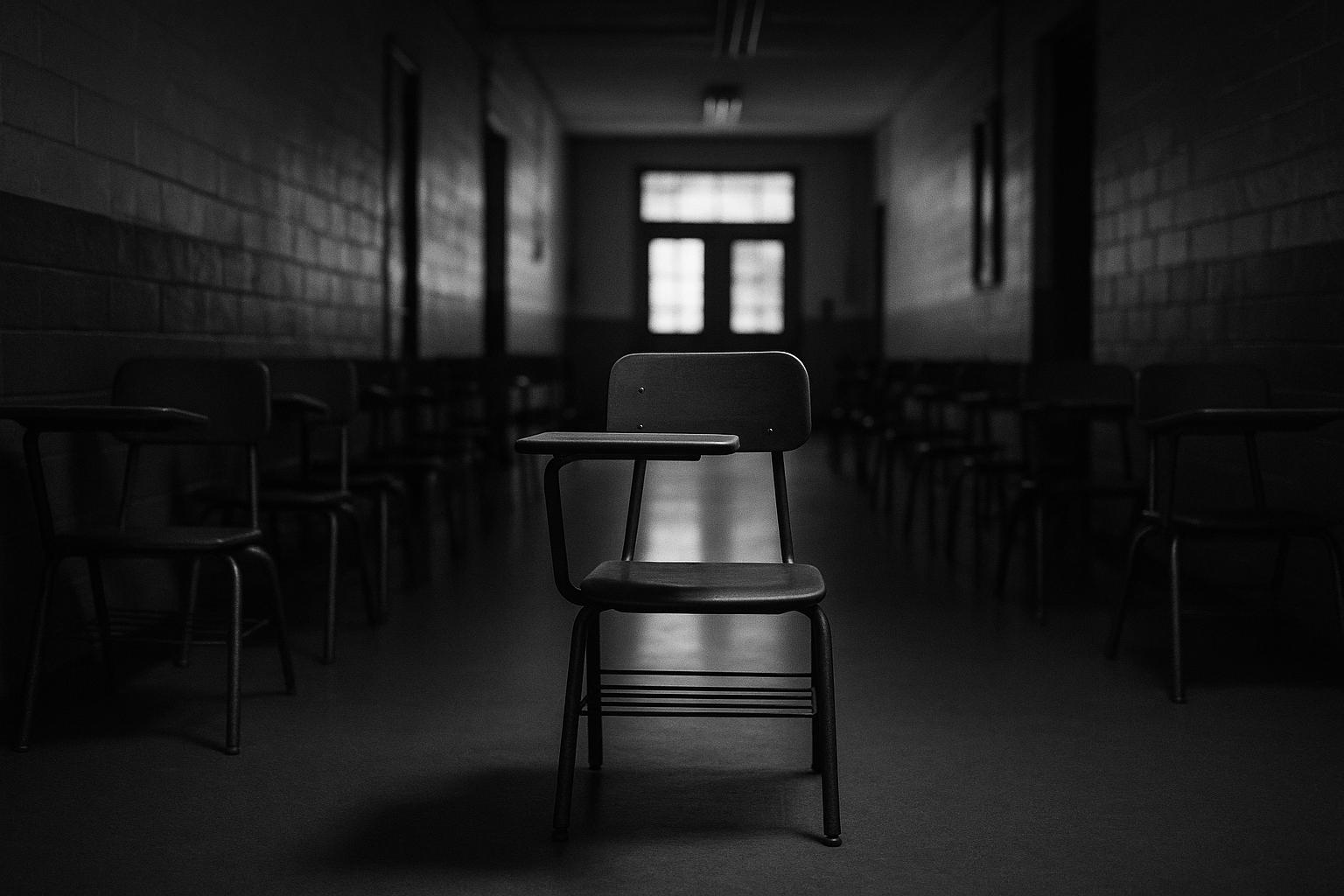More than a decade after the state takeover of Camden City School District in 2013, concerns among parents and community members have intensified around the district’s shrinking traditional public school system and deep financial challenges. Enrollment in traditional public schools has sharply declined, while charter and Renaissance schools—institutions with different funding structures and operational rules—now serve the majority of Camden students. This shift has meant that over half of the district’s 2024-25 budget has been spent on tuition payments to these schools, according to former superintendent Katrina McCombs.
Residents gathered to voice frustrations at a meeting of the State Board of Education, urging a return to local control of Camden schools. Many parents argued that the state intervention, which was initially intended to bring improvements, has instead coincided with worsening conditions, including cuts to family engagement roles and support staff positions. Parents described a loss of communication and transparency, exemplified by a lack of public input on hiring decisions such as the forthcoming appointment of a new superintendent, a process now managed solely by the state education commissioner without advisory board involvement.
The district has faced significant budgetary pressures. In an effort to address a $91 million deficit for the 2025-26 school year, the district undertook extensive layoffs and restructuring, reducing full-time staff from roughly 1,618 to 1,331. Many of those laid off were in key support roles, such as family operations coordinators, guidance counselors, and crisis intervention staff, raising concerns about the district’s capacity to provide vital student and family services. McCombs emphasised these cuts as necessary to stabilise the district’s finances amid declining enrollment and increased payments to charter and Renaissance schools, even as state aid rose by 6 percent.
The district’s challenges are tied to a broader reorganisation under state control. Eleven traditional schools have closed since the takeover began, significantly shrinking the footprint of traditional public education in Camden. The rise of Renaissance schools, established under New Jersey’s Urban Hope Act and often likened to charter schools but funded differently, has further fragmented the educational landscape. Enrollment has fallen from over 11,600 students in 2013-14 to about 5,900 for the current academic year. Community advocates and some education experts question whether the state-run model has "dismantled" the traditional public school system and diverted crucial resources, undermining student outcomes and opportunities.
The community’s unease was highlighted during a June rally of Camden high school students outside the state education offices in Trenton. The students protested the recent staff layoffs and budget cuts, noting the adverse effects on their education — from losing trusted staff to the closure of media centers and other essential supports. Organisers like Ronsha Dickerson, executive director of the Camden Parent & Student Union, warn that the rapid decline of traditional public schools may leave the city with none at all, underscoring the urgency for the state board to audit the district’s budget and visit schools firsthand.
Residents also criticised the state's approach to public engagement. Local advocates stressed that family involvement remains critical, especially as the district transitions to new leadership. Calls for virtual testimony at state board meetings were made to broaden access, reflecting the difficulties many families face in participating in distant and infrequent public forums.
With the acting superintendent currently the former principal of Creative Arts High School, Davida Coe-Brockington, Camden awaits a new superintendent expected to start by November. Yet with hiring controlled by the state rather than elected local officials, parents remain wary about their ability to influence the district’s future direction.
Ultimately, Camden’s situation reflects the complex challenges urban districts face balancing budget realities, diverse school options, and community needs. While the state takeover aimed to improve struggling schools, many community members see little progress and are pushing for a renewed focus on strengthening traditional public schools and restoring local control to rebuild trust and engagement.
📌 Reference Map:
- Paragraph 1 – [1], [7]
- Paragraph 2 – [1], [6]
- Paragraph 3 – [1], [2], [4], [5]
- Paragraph 4 – [7], [1]
- Paragraph 5 – [1], [6]
- Paragraph 6 – [1]
Source: Noah Wire Services
